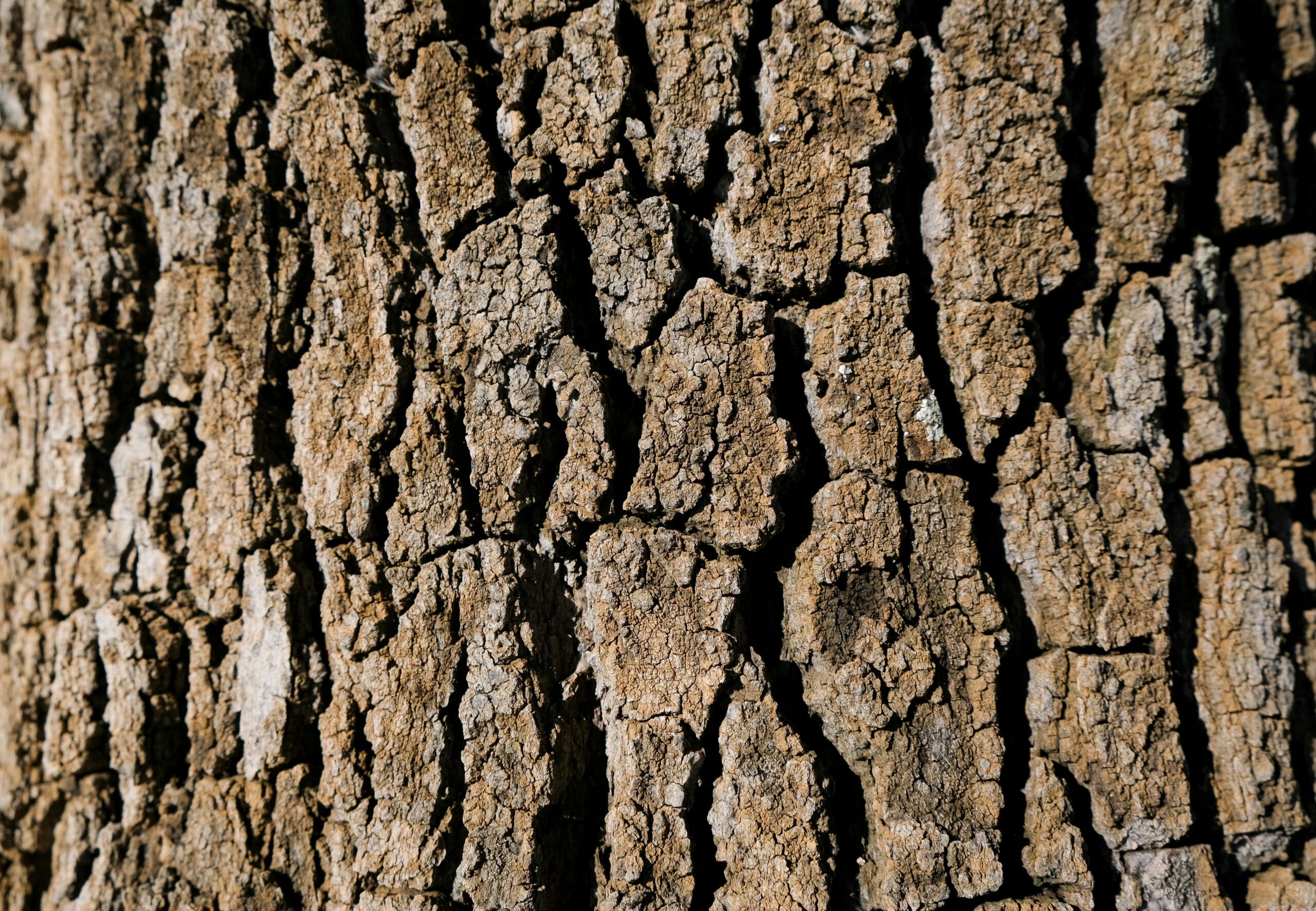
Effective Strategies for Managing Vertical Cracks in Trees
If you own a tree in your backyard, taking care of it is crucial to keep it healthy and long-lasting. Inattention to tree maintenance could cause an overgrowth, poor health, and the risk of environmental stress exposure.
As time passes, insects and pests can attack some trees, whereas others could weaken, shrink, and end up dying. One of the most frequent problems that trees face, especially during the colder months, is the development of vertical cracks in the trunk. Knowing the root reasons, the risks, and solutions to these issues is essential to maintain healthy trees.
Understanding Frost Cracks in Trees
Vertical cracks in tree trunks, also called frost cracks, are a typical occurrence in regions that experience fluctuations in temperatures in Winter. The cracks develop when the outer and inner layers of the trees contract and expand in different ways due to temperature variations.
The sun’s rays during the day can warm the tree’s outer layers, which causes the outer layers to grow. In the evening, when temperatures decrease, the outer layers shrink more quickly than the inner layer, causing stress on the tree’s trunk. In time, this constant stress can result in the development of cracks.
Trees that have already been damaged or have thin barks are more prone to cracks caused by frost. Certain species, including the crabapple, apple, maple beech, tulip, and crabapple trees, are especially vulnerable because of their bark characteristics and growth patterns. In addition, external influences like lightning strikes can cause issues, causing branches and trunks to split abruptly.
Can a Tree Survive a Split Trunk?
The life expectancy of a tree that has split trunks depends on the split’s extent and position. Minor cracks or splits could not pose a serious risk to the tree’s health. In many instances, trees can be used to separate the problem, effectively seal off the affected region, and prevent further decay.
However, bigger splits could be more difficult to repair. A large gap in the trunk may provide an entry point for insects, pests, and pathogens, making the tree hollow from within. This can compromise the tree’s strength and increase the chance of it falling, possibly damaging property or posing a safety risk.
How to Address a Split Tree Trunk?
The best method for repairing a split tree trunk depends on the severity of the damage. Intervention might not be necessary for small cracks since the tree is likely to recover in time.
However, expert assistance is advised to ensure the tree’s healing and stability for more serious fractures.
- Evaluation by an Arborist The initial step is to speak with an arborist certified by the ISA. These experts assess the tree’s condition and determine the most appropriate option. They’ll assess the size, depth, where the split is located, and general health of the tree.
- Arborists can use cabling and cabling techniques to help stabilize the tree for moderate splits. This involves putting in rods or cables that hold the split sections and allowing the tree to recover over time. This process requires expertise and precision to prevent further injury to the trees.
- Tree removal: When the split is severe enough, or the tree’s structural integrity has been damaged to irreparable damage, tree removal could be the only solution. An arborist certified by a reputable organization can safely remove the tree, ensuring it is not dangerous to structures or people.
Preparing Trees for Winter
Winter can be particularly hard for trees, so preparing them for Winter is crucial. The heavy snowfall and frigid temperatures can cause branches to fall due to the weight of snow or ice, particularly in the case of trees that are already weak or overgrown. To reduce the chance of injury, take the following tips:
Pruning and trimming
Before the Winter sets in, trim and prune your trees to eliminate dead, diseased, and overgrown trees. This will lower the chance of breaking and encourage healthy growth during the spring.
Mulching
Applying a mulch layer around the trunk will help insulate the roots and protect them from extreme temperatures. Make sure that you leave gaps between your mulch layer and the tree to stop the buildup of moisture and the possibility of decay.
Examining Your Trees for Pests and Diseases
Winter is a great time to check your trees for indications of infestations by pests or diseases. In the beginning, addressing these issues can stop the spread of these diseases and cause more damage.
Watering
Although it might appear counterintuitive, ensuring your trees are properly hydrated before freezing will help them withstand Winter’s stress. A proper hydration regimen strengthens the tree’s cells, making them more tolerant to freezing temperatures.
The Importance of Proactive Tree Care
A proactive approach to tree care is crucial to avoid frost cracks, pests, or structural harm. Monitoring your trees regularly, fixing minor problems before escalating, and maintaining them promptly can greatly extend the lifespan of your trees.
Also, knowing the particular needs of the trees within your yard can assist you in tailoring your tree care methods to maintain the health and well-being of your trees.
Summing It Up
Trees are an essential element of any landscape; they provide shade and aesthetic benefits. However, they require regular attention to ensure their health, particularly in a harsh environment like Winter.
By knowing the reasons behind cracks in frost, evaluating the severity of splits in the trunk, and taking proactive measures in preparing your tree for colder temperatures, you will be able to maintain its health and security.
When you’re in doubt, contacting a certified arborist is an excellent option to tackle difficult tree problems effectively. If you care for your trees and pay attention to them, your planted trees will keep growing for a long time.